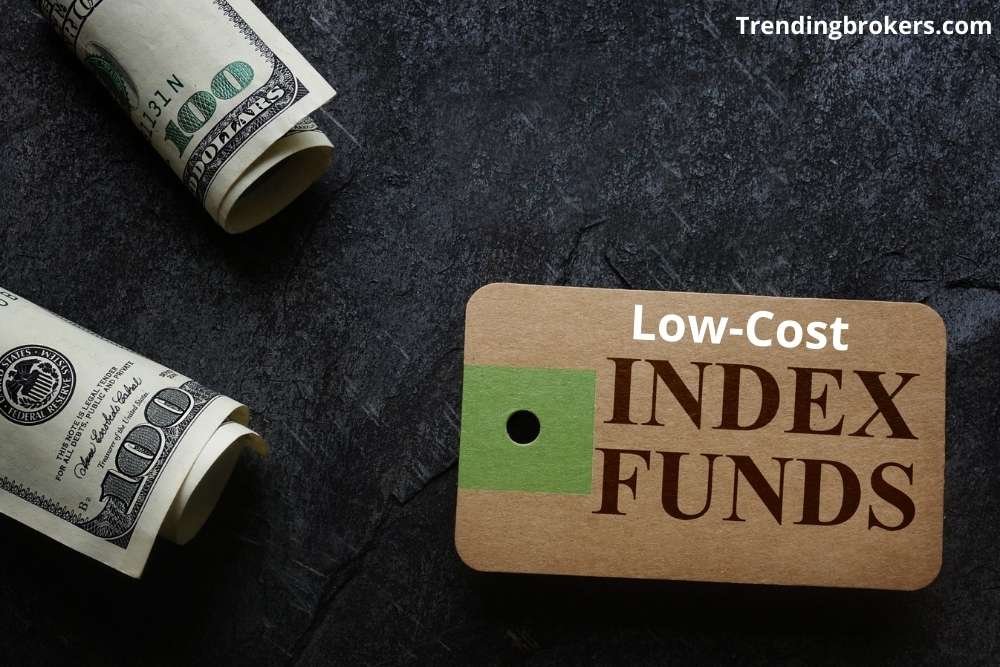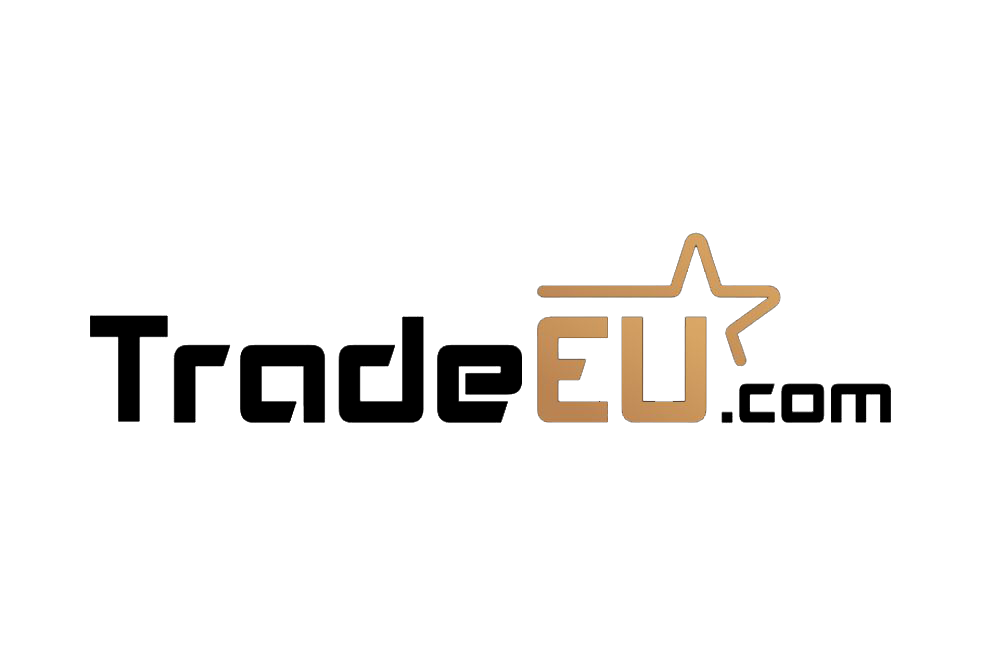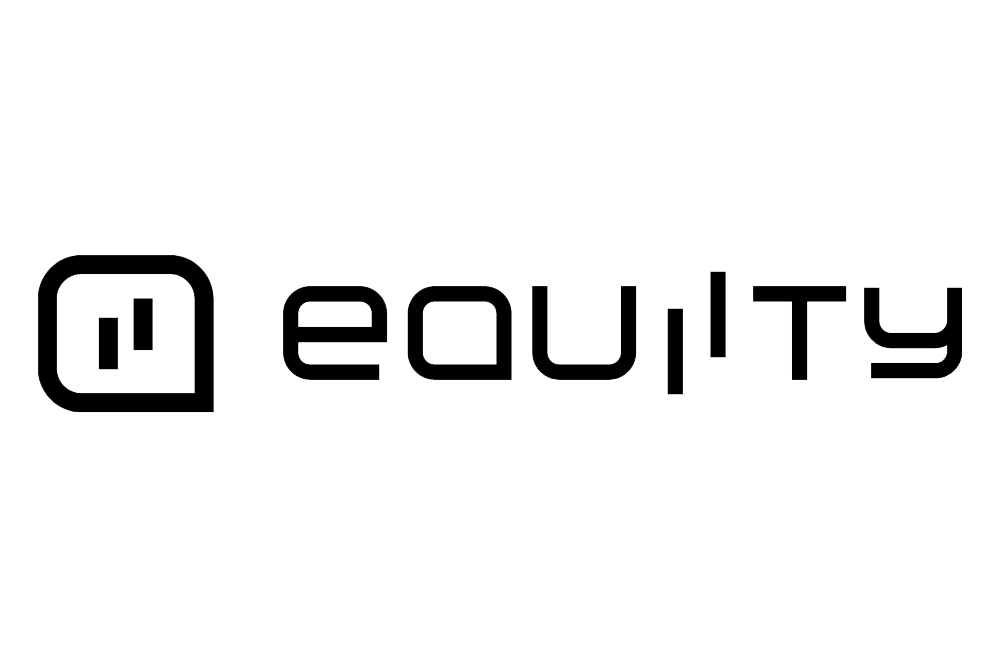Index funds with low expense ratios or lower annual management fees are referred to as Low-Cost Index Funds. As the fees will no longer accumulate in your investment account, investors who focus on lowering their investing costs can achieve considerably greater returns over time.
Index funds, a form of an exchange-traded fund (ETF), are preferred by many investors over mutual funds because of their reduced cost ratios and tax-efficient nature.
The expenditure rates of an indicator- tracking ETF are frequently low as they’re passively managed, keeping functional costs down. Active trading in- house stock analysis isn’t needed for unresistant investment ways.
How does Low-Cost Index Funds Work?
If you’re new to trading and figuring out How Low-Cost Index Funds Work? Don’t worry; here’s a complete process that will help you better understand these funds.
Index funds are commonly regarded as perfect core portfolio holdings for retirement accounts such as IRAs and 401(k)s. As Index funds are meant to track an underlying index, fund managers aren’t actively determining what to purchase and sell. Instead, they follow the lead of the benchmark. It can be exchange-traded funds (ETFs) or mutual funds.
Actively managed funds may utilize an index as a benchmark, but the managers are free to diverge from the structure of the index. On the other hand, request movements might also affect indicator funds. However, so will your indicator fund, If the standard falls.
An laboriously managed fund operation may neutralize some of this threat, whereas the indicator binds passively managed finances.
Pros and Cons of Low-Cost Index Funds:
Most investors consider Low-cost Index funds as a great investment option, but they have a few disadvantages too. So, before investing, it is vital to consider the pros and cons.
Pros:
- Lower expense ratio and annual management fees
- Can store thousands of securities
- Clear investment objectives
Cons:
- You’ll never be able to outsmart the market
- No downside protection
How to Invest in Low-cost Index Funds?
Investing in low-cost index funds can be quite an easy and hassle-free process. All you have to do now is decide the indicator you wish to cover, choose a fund, and make an order. Then’s a step- by- step process on How to Invest in Low- cost indicator finances?
Choosing an indicator
The most delicate element of investing in indicator finances is deciding which indicator to track. According to the Index Industry Association, further than three million request indicators are in use across the world.
The request valuation of large- cap and small- cap companies plays a vital part as the base of indicators. Index fund’s threat/ return profile is driven by the standard that it wants to match. As a result, investors should completely comprehend the request exposure handed by the underpinning indicator.
Select a Fund to Track the Index
Investors should aim for the smallest expenditure choice that nearly matches the standard when picking between finances that follow the same indicator.
Charges will presumably be a significant motorist of how nearly the fund’s performance approaches the standard. As charges are removed from your returns, a fund with a lower expenditure rate will nearly track the standard indicator’s return.
You can find the expenditure rate of a fund on the quotation runner of investment exploration companies. You may also look for tracking error, which is a metric that reflects how nearly a fund matched its standard over time.
Buy Shares in the Chosen Fund
After opting the fund of your choice, now place an order. In case you ’re buying an indicator ETF, you ’ll need to decide how numerous shares you want to buy. The coming step is to pick whether you want to place a request or limit order.
Your trade will be executed at the next available price if you use a market order. On the other hand, a limit order allows you to specify a maximum price at which you are ready to purchase anything.
The ETF will not be purchased unless it trades at or below your limit price. A market order is an ideal option for most new investors. However, your trade may never go through using limit orders, taking you out of the market for an endless period as you wait for the price to fall.
Best Low-cost Index Funds:
With so numerous indicator finances accessible to UK investors, choosing the perfect bone can be delicate. You should estimate your long- term investment objects first.
still, look at our list of 3 Stylish Low- cost indicator finances, If you ’re looking to invest in the UK.
SPDR S&P 500 Index
The S&P 500 tracks the 500 largest intimately traded enterprises in the United States. Since its preface in 1926, the indicator has equaled annualized returns of further than 10 percent every time.
The S&P 500 indicator includes both NASDAQ and NYSE- listed businesses. This indicator fund will include stocks like Apple, Amazon, IBM, and Microsoft. You ’ll be retaining shares in companies like Johnson & Johnson, Ford Motors, Disney, and Novartis on the New York Stock Exchange.
FTSE SmallCap Index
The FTSE Small Cap Index represents small- cap companies. still, you’ll be concentrating just on companies listed in the United Kingdom, similar as the FTSE 250. likewise, there are no large- cap stocks in this indicator.
iShares Midcap ETF
TheMid-Cap ETF invests in companies with request capitalizations ranging from$ 2 billion to$ 10 billion. Companies featured in themid-cap request have established operations and stable income aqueducts, but numerous have yet to reach their full eventuality.
This ETF attempts to track the CRSPU.S.Mid-Cap Index by holding the same companies in the same proportions as the indicator.
Which Broker is Stylish for Low-Cost indicator finances?
still, ABInvesting is our top recommendation in this case, If you ’re looking for a broker to invest in low- cost indicator finances. The broker is one of the request leaders in the stock request, offering features similar as low commission and24/7 client support to its guests.
The broker also offers in- depth stock trading exploration and a range of product portfolios to choose from. The advanced and enhanced platforms available on ABInvesting are perfect for newcomers and professional dealers.
Perks of Trading with ABInvesting:
- Zero commission on Stocks and ETFs
- 24/7 dedicated customer support
- User-friendly interface
- Advanced MT4 platform
- Perfect for new as well as professional traders
- Educational and Research Support
- Enhanced Trading Standards
- Mobile application available
Why Should You Invest in a Low-Cost Index Fund?
Low- cost indicator finances are relatively popular these days for egregious reasons. These finances give a strong long- term return, are well- diversified, and are a low- threat option to invest.
Good returns:
The value of major indicators fluctuates just like stocks. still, indicators have gained good returns over time, similar as the S&P 500’s long- term periodic return of around 10. Of course, that does n’t indicate indicator finances earn plutocrat every time, but it’s the average return throughout time.
Diversification:
indicator finances are relatively popular among investors because they offer rapid-fire diversification. Investors can buy a different range of businesses with a single investment.
A share of an indicator fund grounded on the S&P 500 gives you power in hundreds of companies, whereas a share of the Nasdaq- 100 fund gives you exposure to roughly 100.
Offers Low threat:
Investing in a low- cost indicator fund is less parlous than holding a many individual stocks as they ’re diversified. Of course, it does n’t mean you wo n’t lose plutocrat or that they ’re as safe as a CD, but the indicator will frequently move less than an individual stock.
Offers Low Cost:
indicator finances offer a low expenditure rate, which is why Low- cost indicator finances are popular among investors. still, you’ll be charged$ 3 to$ 10 per time for each$ 10,000 you have invested in larger finances.
In fact, some finances offer 0 expenditure cost. expenditure cost is one of the most pivotal aspects of your total return.
How to Choose Low-cost Index Fund – Things to Consider
Before choosing a Low-cost Index Fund, you should consider a few factors. These factors can greatly impact your decision. So have a look at them!
(Let’s read about- What is Short-term vs Long-term Trading)
Long-term Performance:
To determine what your possible future returns can be, take a look at the index fund’s long-term performance (preferably at least five to ten years of performance).
Each fund may have a different index or outperform another, and some indices perform better over time than others. Long-term performance is the best indicator of what to expect in the future.
Expense ratio:
The expense ratio provides information about how much you’re spending for a fund’s annual performance. Spending more than necessary for funds that track the same index makes little sense. Other index funds may follow indexes with stronger long-term performance, which is why they charge higher fees.
Trading fees:
When it comes to buying mutual funds, some brokers provide even better deals than the mutual fund companies themselves. If you want to trade an ETF, almost all major online brokers now enable you to do so without paying a fee.
But you should be wary of sales loads, or fees, which may easily shave off 1% or 2% of your money before it’s invested if you’re buying a mutual fund. These can be avoided by carefully selecting funds offered by reliable brokers such as ABInvesting.
Fund options:
Not all brokers will provide all mutual funds. As a result, you’ll need to check with your broker to determine if a particular fund you want is available. ETFs, on the other hand, are often available at all brokers because they’re all traded on an exchange.
Convenience:
Rather than opening a new brokerage account, it can be quicker to go with a mutual fund that your broker provides on its platform. However, using an ETF rather than a mutual fund may allow you to avoid this problem.
Can we Invest in Low-Cost Index Funds?
Investing in an actively managed fund with higher fees reduces your capacity to earn compound interest. While index funds are typically broad, you can increase your portfolio’s exposure to specific market sectors by allocating more money to individual companies or funds depending on your investment preferences.
There’s no reason to spend more than the bare minimum in fees when so many low-cost index funds are available. Adding a low-cost index fund to your portfolio benefits you greatly.
Investing in index mutual funds and exchange-traded funds (ETFs) can be a low-cost solution for all or part of your portfolio. However, investing in index funds, like any other investment strategy, necessitates a thorough understanding of what you’re getting into.
Investors must go beyond the “index fund” label to verify they are investing in a low-cost product that tracks a benchmark that is appropriate for their investment plan.
Conclusion:
Index funds are a straightforward and successful approach to investing for investors, whether they are novice or professional. If you want to increase your money but don’t want to do a lot of research, index funds can help you reach your financial goals.
Index funds pool money from several investors to purchase the individual stocks, bonds, or securities that make up a market index. Because these funds mirror a market index, which normally grows in value over time, they are an excellent approach to reduce risk. Moreover, they’re a low-fee, passive investment that typically outperforms mutual funds managed by experienced brokers daily. Learn about Investment planning strategies.
Investing in stocks can be quite complicated, but index funds offer the advantage of being “what you see is what you get.” They simply offer to follow the financial performance of the index to which they are linked.
FAQ:
Is it safe to invest in index funds?
While all investments involve a higher risk, index funds offer a lower risk than actively managed stocks.
As an index fund exposes the investor to multiple assets, it diversifies the investor’s portfolio, lowering their overall risk.
How to invest in a Low-Cost Index Fund?
To invest in a Low-cost Index Fund, you will need to create an account such as a retirement account or a standard brokerage account with a broker. We highly recommend ABInvesting as the broker is regulated by a global financial regulator and offers commission-free trading on advanced trading platforms.
Does anybody invest in Low-cost Index Funds?
Index funds aren’t limited to some investors only. Anyone can — and should — put your money into them. Index funds offer a wide range of sectors and asset classes, reducing risk and providing quick diversification to a portfolio.
Due to the structure of a fund’s holdings, index funds are also more accessible and take less time to research than individual stocks.
How long should I keep a Low-cost Index Fund in my portfolio?
For the short term, index funds are a smart option. Some index funds are less volatile than others, and some are meant to be held for a shorter period of time. However, only invest in an index fund if you can hold it for at least five years.
What to choose between Stocks and Low-cost Index Funds?
Investing in a Low-cost Index fund is superior to individual stock investing because it keeps expenses low, eliminates the need to continually monitor company earnings reports, and nearly always results in being “average,” which is vastly preferable to losing your hard-earned money in a disastrous investment.


